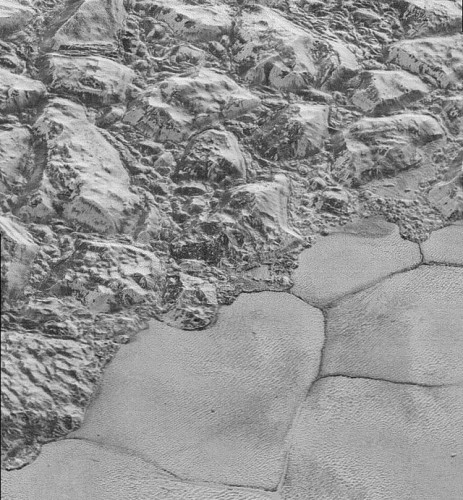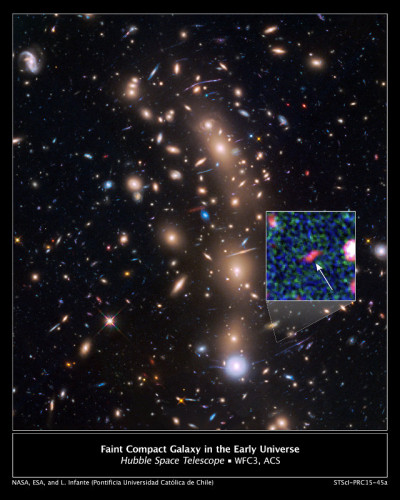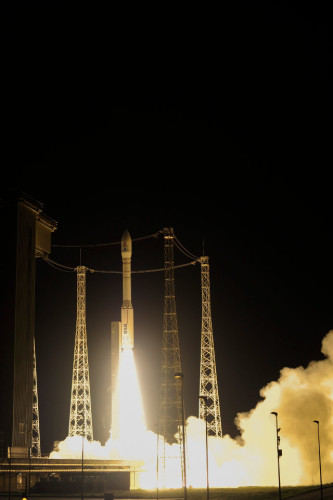
The Japanese space probe Akatsuki entered Venus’ orbit on its second attempt
JAXA, the Japanese space agency, confirmed that its space probe Akatsuki has successfully accomplished the maneuvers to allow it to enter the orbit of the planet Venus. These maneuvers took place exactly five years after the failure of the first attempt. The orbit is significantly different from the one programmed for the mission and JAXA engineers are assessing it to schedule some additional maneuvers. However, there’s optimism about the possibility of carrying out the scientific mission Akatsuki was built for.





